Discover the different types of drills and when to use each one. From cordless and hammer drills to impact drivers and drill presses, learn which drill is best …
Discover the different types of drills and when to use each one. From cordless and hammer drills to impact drivers and drill presses, learn which drill is best …
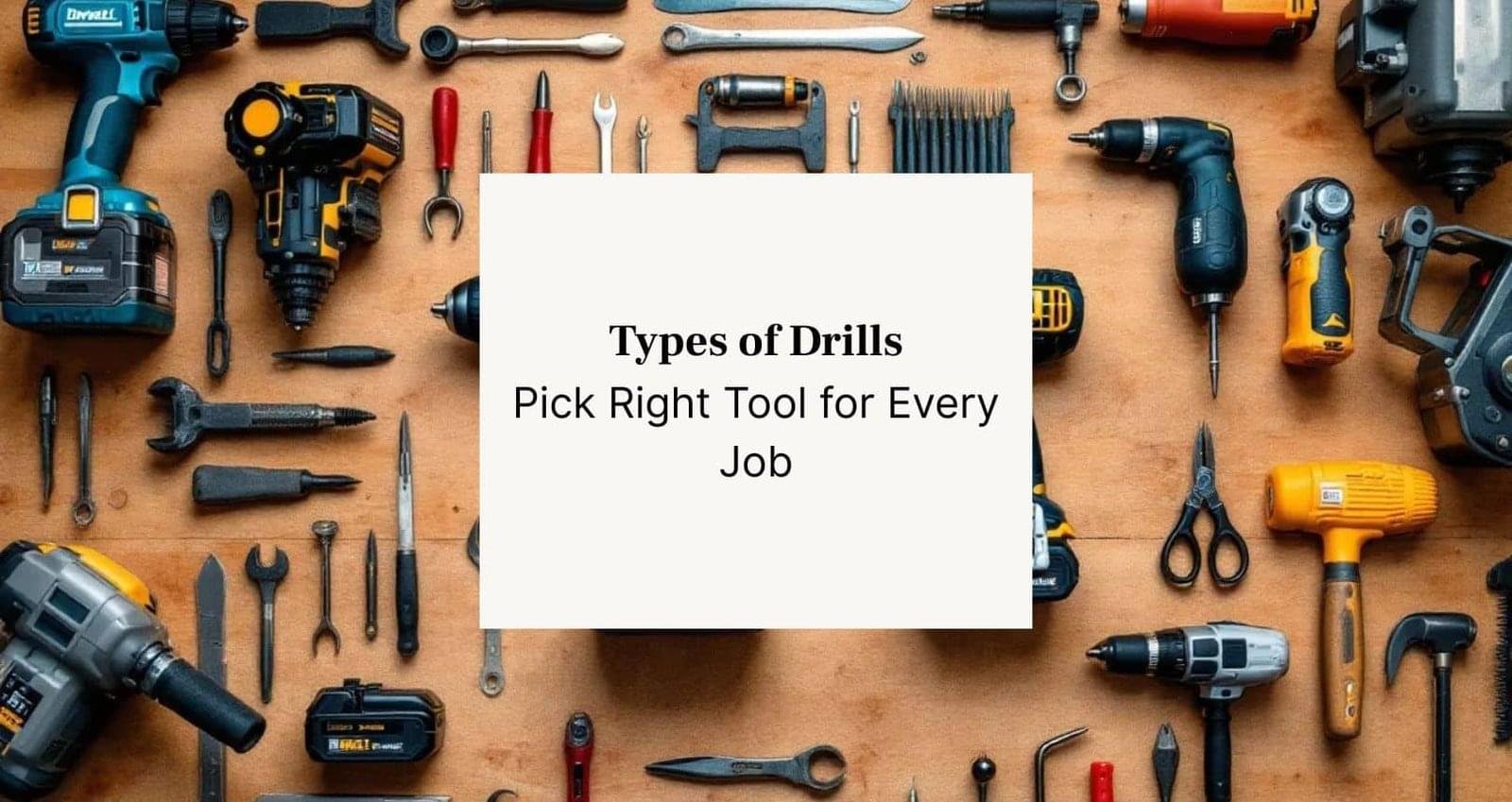
Discover the different types of drills and when to use each one. From cordless and hammer drills to impact drivers and drill presses, learn which drill is best for your DIY or professional project. Also checkout Glow Up Lightning ideas For tiny Spaces.
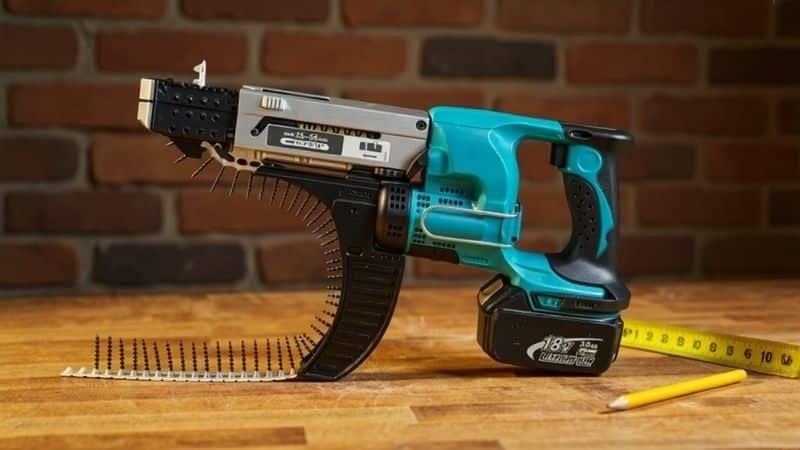
When it comes to drywall installation, a regular drill often falls short. This is where a drywall screwgun makes all the difference. Designed specifically for driving drywall screws, this tool allows for quick, precise, and consistent fastening without damaging the surface. For contractors, DIY enthusiasts, or anyone handling drywall projects, a screwgun is not just helpful it is essential.
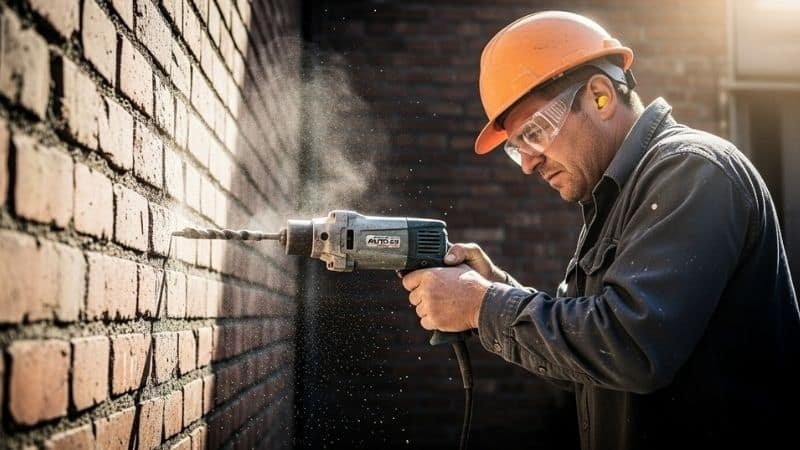
Hammer drills are built for tough jobs that involve drilling into hard materials such as concrete, stone, or brick. They use a hammering action along with rotation to break through dense surfaces. While they can also handle wood or metal, they are mainly chosen for masonry projects.
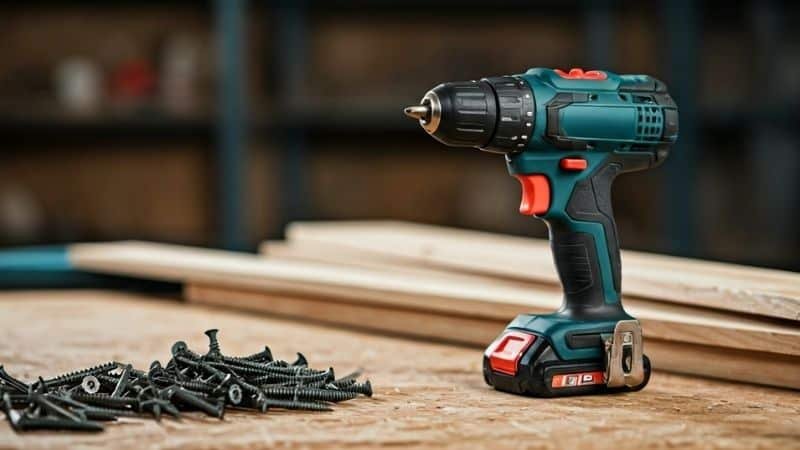
Impact drivers are smaller but powerful tools designed mainly for driving screws and bolts into hard surfaces. They deliver strong torque, making them perfect for projects like building decks or furniture assembly. Unlike regular drills, they are not typically used for drilling holes but excel at fastening tasks.
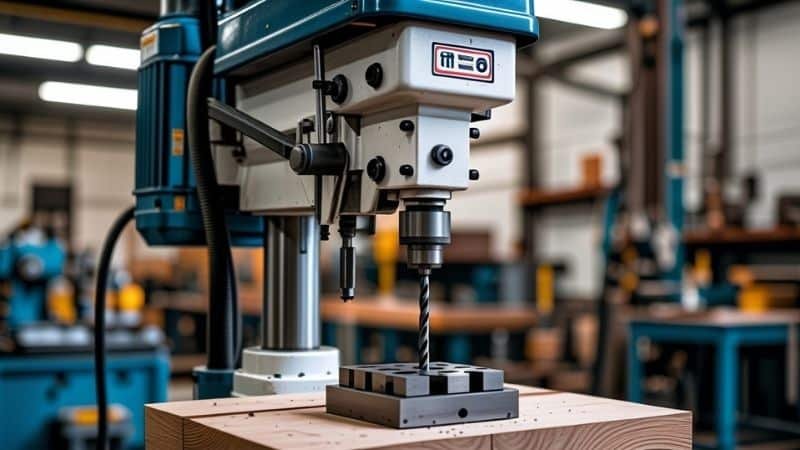
Drill presses are stationary machines designed for precision drilling. They are ideal for workshops where accuracy and control are essential. With adjustable speeds and a fixed drill position, they excel at creating perfectly straight holes in wood, metal, or plastic.
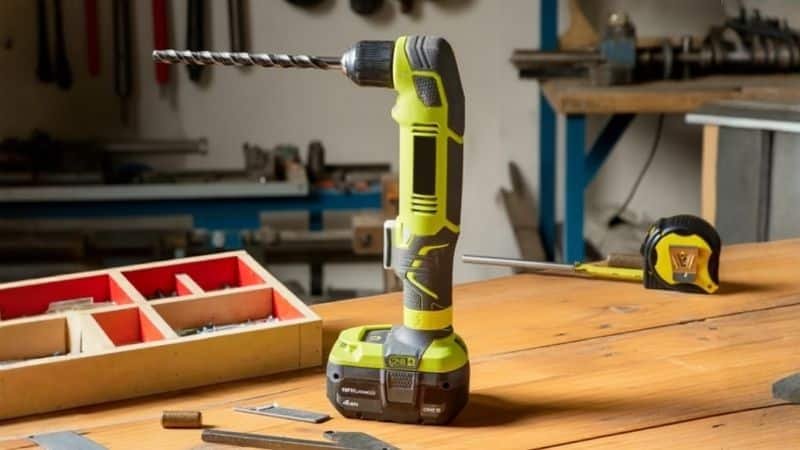
Right angle drills are compact and designed to fit into tight spaces where standard drills cannot reach. Electricians and plumbers often use them to work between studs, joists, or pipes. Though smaller in size, they provide reliable power for drilling and fastening in confined areas.
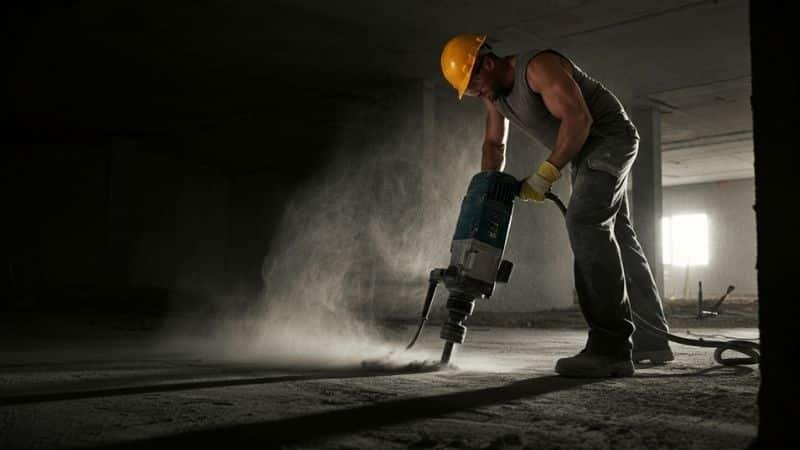
Rotary drills are heavy-duty tools used for large-scale masonry work and construction. They are bigger and more powerful than hammer drills, often used with special drill bits for concrete breaking, tile removal, or drilling into stone. These drills are best suited for professional projects requiring serious power.
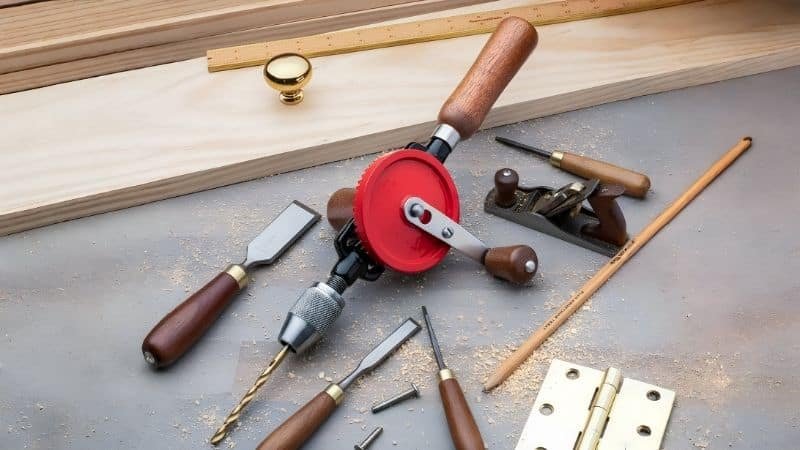
Although less common today, hand drills are manual tools that still serve a purpose for light projects. They are useful when precision and control matter, such as in crafts, woodworking, or delicate repairs. Since they don’t rely on electricity, they are also dependable for small jobs without power tools.
Choosing the right drill for the job makes a huge difference in efficiency, precision, and results. Cordless drills cover most everyday tasks, while hammer drills and rotary drills handle heavy-duty masonry. For woodworking, a drill press ensures accuracy, and impact drivers provide powerful fastening. Right angle and hand drills are specialized options for tight spaces or traditional methods. By matching the drill type to the task, you’ll save time and achieve professional-quality results.